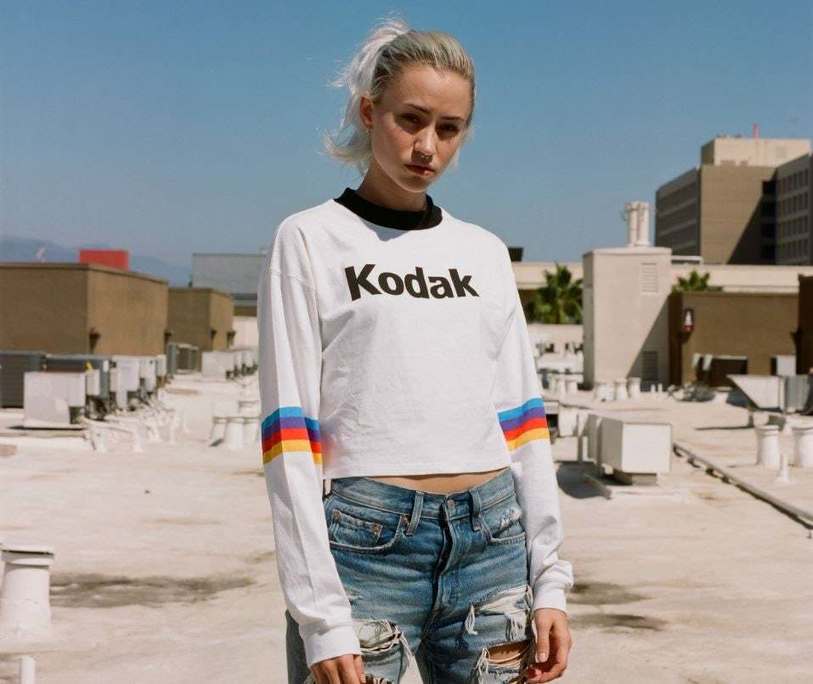For chief brand officer Dany Atkins, the ambition is for people to know and love the Kodak brand like they did in the past. While the business is currently 80% focused on commercial print technologies, a key part of her role over the past three years has been to bring the consumer brand back in a “big way”.
“Kodak had almost forgotten that it was a massive consumer brand,” she explains.
“We sell technologies into the print industry and that’s the lion’s share of the business, but we’ve been focusing a lot of energy on rebuilding the consumer business by creating our own products and licensing the brand with a very clear strategy for those products to be within the image economy.”
During the 1990s the camera giant, which had once claimed 90% of film and 85% of camera sales in the US, was regularly in the list of the world’s top five most valuable brands. In 1996 Kodak’s revenues peaked at $16bn, clocking up profits of $2.5bn by 1999.
Despite having invented the first digital camera in 1975, the rise of digital and smartphones sparked a difficult two decades for Kodak as mass consumer demand for film cameras crumbled. Between 2003 and 2012 the company closed 13 manufacturing plants and 130 processing laboratories, slashing its workforce by 47,000 and filing for bankruptcy protection in the US.
Now Kodak is in far better shape, with a thriving brand licensing business worth $3m and a consumer division which generated $48m in revenue during the third quarter of 2018.
Whether they are working on the B2B or consumer side of the business, Atkins and her team want to find pockets of space where the Kodak brand can shine, either through new tech, in-house digital businesses or licensee agreements. The future strategy will see Kodak look for more brand relevant categories within which it can develop new startup businesses.
“Essentially its about leveraging the brand and our marketing muscle to create completely new businesses. That’s something that my team and I are quite focused on at the moment,” Atkins explains.
“So building business plans rather than being a traditional marketing team. We’re much more of a business development team using the brand as the core asset and then developing businesses off the strength of the brand, finding partners to do it with or investors.”
One such emerging digital business is Kodakit, a platform used by brands like Uber and Deliveroo to commission photographers for shoots. Photographers register on the platform and then once selected businesses send over the specs for the photoshoot they wish to commission. Once the bespoke shoot is finished the photographer edits the images and uploads them to the Kodakit platform, from where the client downloads the photos.
Kodak manages and processes all the payments and licensing on behalf of the photographer, who has the fee paid straight into their account. The platform also has a back-end AI system which checks all the images before they pass to the client to ensure they are up to standard.
Developed entirely in-house, the platform was launched two years ago in Singapore and has to-date commissioned more than 20,000 individual jobs and shared 300,000 images across 30 countries globally. Kodakit is run as a startup separate to the rest of the company but still wholly owned by Kodak.
Sourced through Scoop.it from: www.marketingweek.com



Leave A Comment